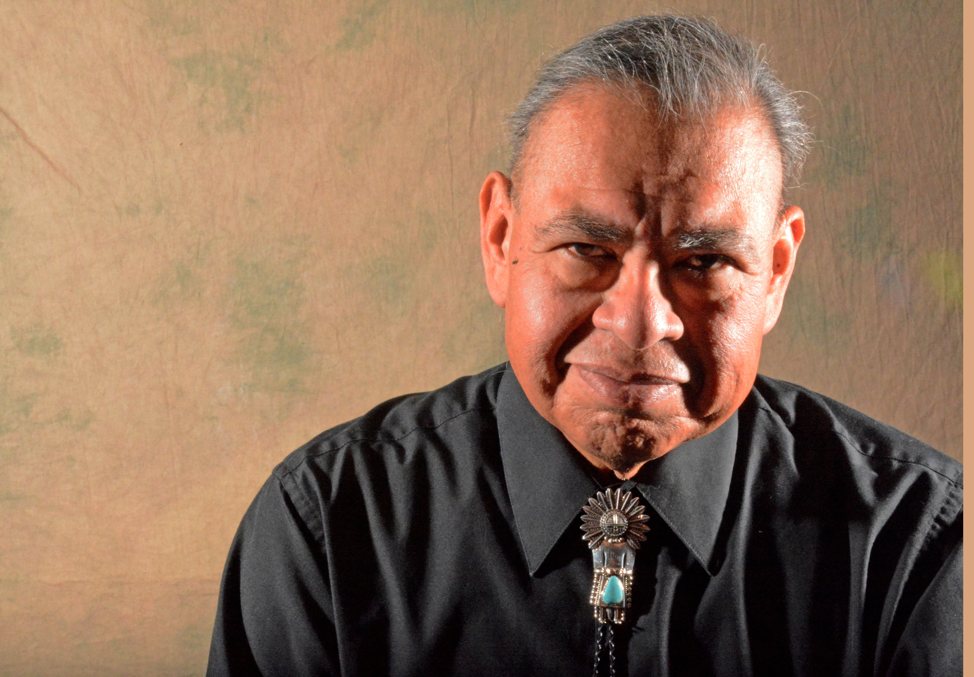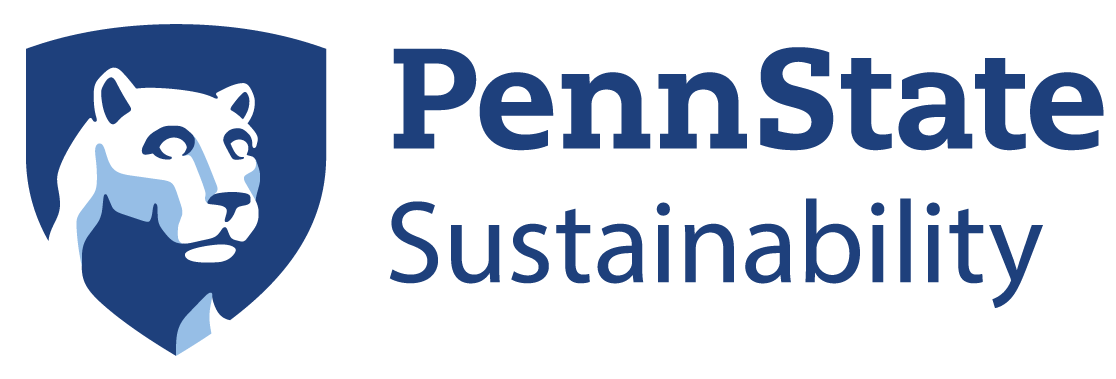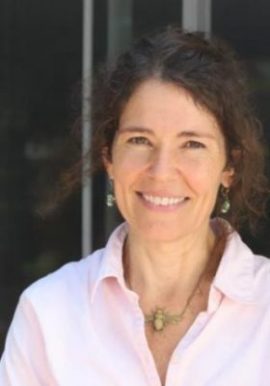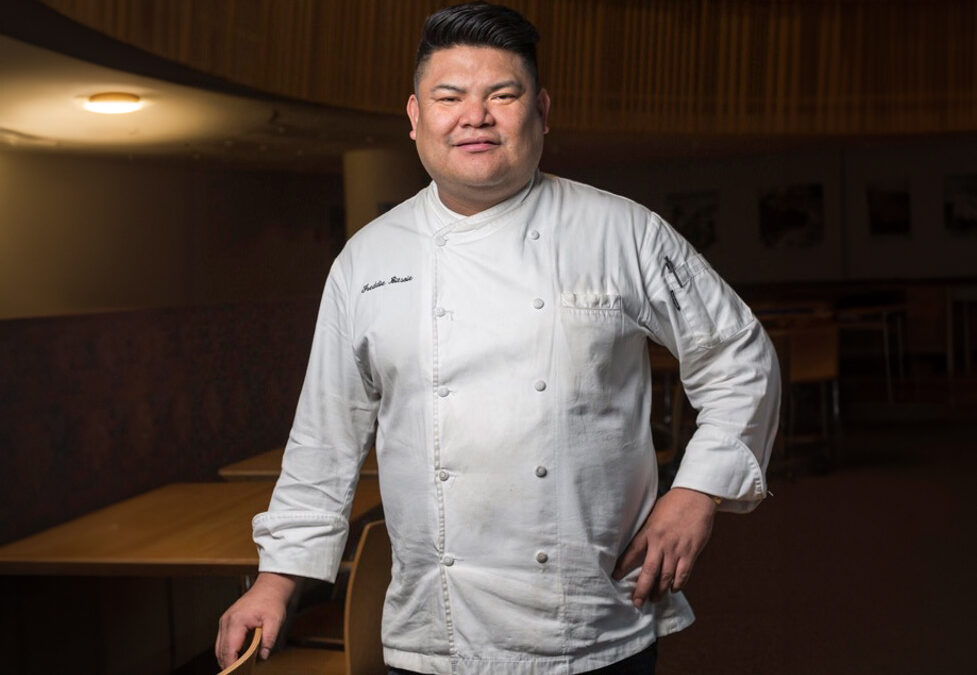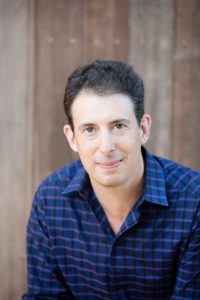John Sanchez, Associate Professor of News and Media Ethics and American Indians in the Media
Professor John Sanchez is an Associate Professor at Penn State’s Donald P. Bellisario College of Communications. Sanchez teaches courses including “News and Media Ethics” and “American Indians in the Media.” His research and journalism focus on American Indian identity in the 21st century, and he has published articles for many notable news outlets, such as Communications Quarterly, Journal of American Indian Culture and Research, and Teacher Education Quarterly. He is a Freedom Forum Teaching Fellow and an Association for Education in Journalism and Mass Communication (AEJMC)/Association of Schools of Journalism and Mass Communication (ASJMC) Freedom Forum Journalism Leadership in Diversity Fellow and serves on the executive boards of the Council of Independent Colleges (CIC) American Indian Studies Consortium and the American Native Press Archives. Sanchez also serves as a consultant to the Board of Directors of the American Indian Policy and Media Initiative.
Would you tell us a little bit about your cultural background as it relates to sustainability?
I am indigenous and a member of the Nde (Apache) Nation. My people are from Arizona and the southwestern part of what is now the United States. For many years, I taught my children that we take only what we need, and we use all that we take.
I remember a few years back, when the pandemic hit, people were going to the grocery store and buying huge amounts of toilet paper and whatever they could get their hands on. Well, what does that do to people who have to wait a month for their paycheck? What happens to them? Is there going to be anything on the shelf for them? No. Because in America, we are a capitalistic society. Even if we don’t need it, we buy it. If everybody had just taken it easy, there would have been enough to go around. But I’m sorry to say that in the 21st century, that’s not the attitude most commonly held here in the United States.
After you get a job, do you take it because you like it or because you’re going to make a lot of money from it? In the early days of my career, after I got tenure, I went and talked to my dean about how things were going for me at Penn State and the subject of salary came up. He apologized and said that they weren’t going to be able to give me more of a raise. And I said, I don’t mind, I’m doing fine. I’ve got enough to make it. They looked at me like I was out of my mind. Everyone comes in wanting more compensation. I certainly wouldn’t turn down more, but this job isn’t about that for me. I’m happy with my salary, and most of the time, if I plan correctly, I’m good. I don’t need to make a million bucks. I’m a journalist and a teacher. So, if I wanted to make a large salary, I’d be doing something else. But people can’t get over that. Why don’t I go for the money? I don’t know. I’m just…I’m happy. I wake up in the morning and after 25 years at Penn State, I still love going to work. I love working with young people. I get paid enough to pay the bills and put a little bit away, and I get to help people who need it.
Why is sustainability important to you personally?
Sustainability is important to me on a personal level because I have children and grandchildren. Even some students I’ve taught now have children that are younger than my grandchildren. Is that important to me? Yes. Why? Because, what kind of world are we leaving behind for them?
When I was growing up, I started working on farms near where I lived, I was making $0.50 an hour and I thought that was a good wage for hard work. However, then, it would go a long way. I could buy a gallon of milk for dime. I could buy gasoline for $0.25 a gallon. What did I pay yesterday? $4.95 for a gallon of gas. What kind of world are we leaving behind for our children and grandchildren?
America is addicted to fossil fuels. Just like some people are addicted to drugs. A lot of the big companies that produce the fuels are making money hand over fist. Our drug dealer is the Organization of the Petroleum Exploring Countries (OPEC). Plus, they just recently decided to turn down the tap on gasoline. So, we’re getting less fuel here in the United States. Then what happens? Gasoline prices go up. Gasoline at my local gas station went up $0.40 a gallon yesterday. But they didn’t pay more for that gas. That gas was already in their storage tanks. They bought it at a cheaper price than we’re going to pay. That’s America. We’re addicted to fossil fuels. People go without eating so they can have gas money to get to and from work.
My people aren’t in the top 1% of money makers in the United States. So why are gas pipelines being built across our native communities, especially up north in the Dakotas. Why should we stand behind and support America with her drug habit? These oil pipelines are going across tribal lands. Why does it have to go across pristine tribal lands? If you live in a tribal community and suddenly, the pipe breaks or leaks, the only source of water that you have is now polluted with oil.
Recently, I have also been reading a lot about when they are setting up those pipelines, it contributes to missing and murdered indigenous women. It’s awful, how many cases I see of murdered indigenous women. It has always been an issue, especially in remote places like Montana or the Dakotas. There’s a movie out called Wind River that talks about this. That is exactly what happens to our people, our women. Is that a problem for sustainability? Yes. We revere our women because we know that they are the only ones that give us our young ones who will someday be the leaders of our people and to make sure that we will always be here.
I came from my mother, who I revered, and still do, even though she has been gone for 17 years. I say her name all the time. Even though we have so many missing women, news outlets mostly focus on missing white women. I don’t see it for Black women. I don’t see it for Latino women. I don’t see it for Asian women. I don’t see it for Native Indigenous women. I see it for white women. Every single day.
What about Adriana Buffalo? She’s a 13-year-old indigenous girl that is missing. Is anybody looking for her? Why hasn’t it been featured in mainstream media? It is hard for me to open indigenous news networks every day and see another beautiful young indigenous woman gone. What about my own children? Do I need to worry about that with my own grandchildren, my daughter?
To not cover something like that is another form of oppression, right? To sweep these crimes under the rug?
It really is. There is this ultra conservative movement going on in the United States right now. I just found out today that a culturally relevant book to me has been pulled from some libraries. If that is the case, what are we learning less about today? We are learning less about native people, learning less about LGBTQIA+ people, learning less about people of color. That is so scary.
I remember when I was younger, in elementary school, whenever we learned about Native Americans, it was that we were friends. It wasn’t until AP US History in high school, that they started to tell us some of the horrible things colonizers did to Native Americans.
I wrote about this in an article once for Penn State. I was lecturing in the College of Education quite a bit, as I was one of only two Native professors at Penn State at the time. And these young students will become the people who will someday educate my children about themselves, about America, and where they fit in as American Indians. So, I did a study on the Big Ten to find out what diversity courses are required for graduation. At that time, Penn State was the only school that required you take any diversity studies before you graduated from the College of Education. However, when I looked into this requirement further, I found out that it’s only mandated that you take one diversity course before graduation. What are some courses that qualified as diversity studies? Well, one of them was called ballroom dancing. So, you can take a course in ballroom dancing and become a teacher, and you’ve met the requirement for diversity studies.
What happens when a young Caucasian teacher comes into their kindergarten class and little Johnny has called little Joe the n-word. How are they going to deal with it? It’s a matter of fact, it’s a matter of reality every single day. So, diversity studies needs to be mandated in a meaningful way, especially for new teachers. I recommended that they mandate at least one course in African American studies, one course in Latino studies, one course in American Indian Studies, and one in Asian-American studies. That would be the minimum for new teachers to learn. Does it reach everybody? No. What if little Johnny is gay? Who’s going to help him? These are the questions we should be asking about our approach to diversity.
From your perspective, what would a sustainable society look like?
A sustainable society will look more like indigenous communities did prior to European contact. We are doing everything possible to hold on to the culture that we have. America has too many addictions. Prior to European contact here in the United States , we were a socialistic society. Let’s say that my family is hungry. We haven’t eaten in a couple of days. I go hunting and catch a deer. We have fresh meat, and we share it with the whole community. Is that what America is like today? Not at all. The perfect example is Black Friday. All you have to do is look at the pictures of people hitting each other, punching each other, trying to get into a store to buy electronics. That’s greed. It didn’t start out that way, it started off with sharing everything.
What sustainability principles are embedded in your work in communications and teaching?
I teach “News Media Ethics” and “Gender, Diversity and the Media” and I inject a lot of my indigenous values into these classes. A lot of times, people have never told students how to make ethical decisions about what’s right and wrong. Every ethical decision has either a positive or negative consequence.
A good number of the kids that attend Penn State can afford the tuition because of their parents. I could never have afforded to come to Penn State. Both of my boys went to school here, and they’re paying off their own student loans. I make enough money where I could have taken care of that for them, but I didn’t. It’s not my degree. It’s theirs and they own it. They feel pride in knowing that they worked their way through college, which is what I did, and that they paid every penny of that by themselves.
I think ethics in the United States are okay, don’t get me wrong. But have you ever seen so much hate? I remember back in the day it didn’t matter if your President was a conservative or liberal because they knew how to reach across the aisle and work with the other party. That’s not how it is now.
How is the role of indigenous people in sustainability being communicated by the media? And how can that improve?
It’s not. I did a study to find out how often we, as indigenous people, are in the media. I looked at ten years of newscasts from the big three, CBS, ABC, and NBC. Ten years of newscasts with tens of thousands of news reports. And out of all those tens of thousands of news reports, only 94 combined from all three evening news programs were about American Indians.
I don’t think it’s going to change until we get more and more native people in key positions. In the news just a couple of days ago there was a story about the first indigenous woman going to space. I found out on CNN and I was so happy. But I wonder why I didn’t see this on CBS or NBC. It feels like nobody cares. Well, I can’t say nobody. Some people are starting to investigate native communities to find out how we farm. Some of those tribes are putting resources out there about indigenous farming and agricultural methods. Those are the positive stories we need.
I was one of the speakers at the National Education Association Convention in Washington, DC ten years ago. On this gigantic placard outside the lecture hall, it said “American Indian Professor, John Sanchez, from Penn State University will speak today about education and indigenous education,” with a picture of me wearing a white shirt, red tie, and a new jacket. I stood in front of a room of 300-400 people who will be educating my people’s children, teaching them about who they are, about their identity. I put down a piece of paper under every chair and said, “I have a test for you. You’ve been sitting on it. I want you to pick it up.” There was one question: When you think about American Indians, what’s the first thing that comes to mind? We counted the responses right then and there. For 93-95% of all the educators there in that room, including teachers and principals, the first thing that came to their mind were eighteenth-century images, with buck skins and feathers and things like that. Then I began my PowerPoint presentation and started with a picture of me wearing the exact same clothes as the placard and said “I’m surprised that the people who teach my children about American Indians, about indigenous people never thought of me, John Sanchez, as being a tenured American Indian professor at a top tier university. As a professor, thinking of me in buckskin is insensitive.” And they got it. They got it that very minute. They realized how their bias had affected what they were instructing my people and what they had been teaching non-native children about natives. Even if you unconsciously teach negative native stereotypes, as a teacher, you are projecting that same stereotypical image onto a yet another generation of kids.
Why do you think the field of communication is essential to sustainability in general?
The more you get to know somebody, the better. People may be a little frightened to be around a native person because of the negative representation they’ve seen in the media. But come to my house and eat some dinner, and just talk with me and my family… you’ll leave feeling differently. I teach in the Honors College, and one of the things I used to do is take 10-15 students by my house and have them make their own fry bread and dinner. Then, we would all eat in the sitting room. I’d ask them if they had any questions about my culture and my native family. Most of the time, they would have tough questions, and I would answer them. But they would always leave saying “I always had a different opinion of how native people were,” because of what they’re presented with to consume from the media and what they’d learned (or not learned) in school. We need stronger communication. We need to find a way to break the ice. We care about what we know about and we will go the distance to save the people we care about.
What can be learned from Native American cultures to promote sustainability, to help fix these problems?
I don’t know. I do know that people will come on our reservations and do their thesis or dissertation about us and then we will never see them again. I got a picture not long ago from Pine Ridge in South Dakota from the Oglala Lakota. They showed a series of pictures with three or four presidents in this one place. It looked like the pictures were taken a day apart. Nothing had changed. Politicians come by for one day and they shake our hands, say that they’re not going to forget us. But then… nothing changes.
Do you think that climate racism is perpetuated towards Native Americans?
Absolutely. Look at some of the native reservations in Arizona. For the longest time, America was mining uranium on native reservations, especially the Navajo reservation. Today, the residue from uranium mining still pollutes the water system that native people drink from. Native people then would get cancer or all kinds of diseases from this polluted mining water. We tried to get it to stop, but apparently America needs uranium, especially now, with escalating tensions across the world. I do worry about Navajo country, but also about a number of different tribes. We have very little water sometimes, especially tribes that are based in the Southwest. You know, climate is changing because we use fossil fuels here in the United States. It absolutely does affect native people. In upstate New York, we used to worry a lot about acid rain in the 1980s, because it would blow off into our reservations and affect native waterways that our elders and children drink from.
What can Penn State do better to address Native American representation across the university and acknowledge and rectify the negative historical impacts that this land grant university has had on Native American populations?
I mean, because it is a land grant university, every native person throughout the United States should be able to come here at no cost. It’s not like that at all. The second thing is, if Penn State was really focused on learning more from indigenous people and indigenous cultures, we would have more than two or three native faculty members. There are 4,000 faculty members at Penn State. And two or three are American Indian or indigenous. If you really wanted to learn about indigenous cultures, there would more of a directive from Penn State to hire more indigenous professors alongside a strong indigenous student recruiting program that offers long term support to ensure their success as students.
What do you hope is the impact of your work in the future?
I’m just hoping that there’s clean water and a way for my children, my grandchildren, and my people to survive. So much has changed with us over the years. We’re still here after 529 years of first contact with Europeans, but it’s been a tough road. The more native people get into mainstream politics, the better chance we have to still be here for the next 500 years. I mean, Deb Haaland is doing great things in the Department of Interior. It took a native woman to make those changes. We will do whatever it takes to make sure our voices are heard. We are indigenous to this continent, and we started here, we are still here, and we will always be here.
